AntoineinArgentina
1 µW
Hi,
First post here, didn't find a subforum where to introduce myself so here it goes: French expat in Argentina, bought a brand new e-scooter two days ago.
The model name is Urban Fox X1 (seems quite obscure... likely an underbrand sharing components with other scooters?), 60V, 1500W.
Right now, it's limited to +-50 km/h (31 mi/h), but I think the real speed is even less.
On the right grip, there's the speed selector, with only 3 speeds (I opened this part, only 3 cables are available), while on the tachometer, 4 speeds are displayed.
It's more than likely that this brand an already existing tachometer, but maybe there's a small chance the 4th speed was taken out due to local regulations (?).
I opened the compartment where the cables & controller are. Lots of unused cables, one cable cut (pictures).
I'm really interested in getting a bit more speed (won't be a real problem with the local law enforcement, electric scooters regulations are almost non-existent in Argentina + I'm an experienced biker so no security issue).
Does anyone have a clue about doing so (or not, might be impossible)? I'd even be willing to pay for the right information (would really make a difference for me).
Of course, I know some people install a battery with a slightly higher voltage, but I'd like to keep the parts as they are (except for a modification applied on those preexisting parts).
Posting many pictures, TIA for your knowledge!
First post here, didn't find a subforum where to introduce myself so here it goes: French expat in Argentina, bought a brand new e-scooter two days ago.
The model name is Urban Fox X1 (seems quite obscure... likely an underbrand sharing components with other scooters?), 60V, 1500W.
Right now, it's limited to +-50 km/h (31 mi/h), but I think the real speed is even less.
On the right grip, there's the speed selector, with only 3 speeds (I opened this part, only 3 cables are available), while on the tachometer, 4 speeds are displayed.
It's more than likely that this brand an already existing tachometer, but maybe there's a small chance the 4th speed was taken out due to local regulations (?).
I opened the compartment where the cables & controller are. Lots of unused cables, one cable cut (pictures).
I'm really interested in getting a bit more speed (won't be a real problem with the local law enforcement, electric scooters regulations are almost non-existent in Argentina + I'm an experienced biker so no security issue).
Does anyone have a clue about doing so (or not, might be impossible)? I'd even be willing to pay for the right information (would really make a difference for me).
Of course, I know some people install a battery with a slightly higher voltage, but I'd like to keep the parts as they are (except for a modification applied on those preexisting parts).
Posting many pictures, TIA for your knowledge!
Attachments
-
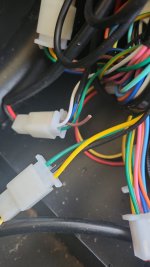 WhatsApp Image 2024-02-11 at 07.10.05.jpeg103.1 KB · Views: 9
WhatsApp Image 2024-02-11 at 07.10.05.jpeg103.1 KB · Views: 9 -
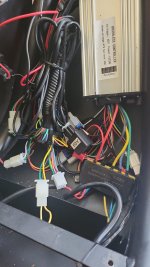 WhatsApp Image 2024-02-11 at 07.09.57.jpeg163.8 KB · Views: 8
WhatsApp Image 2024-02-11 at 07.09.57.jpeg163.8 KB · Views: 8 -
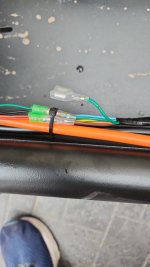 WhatsApp Image 2024-02-10 at 08.04.52.jpeg97.1 KB · Views: 6
WhatsApp Image 2024-02-10 at 08.04.52.jpeg97.1 KB · Views: 6 -
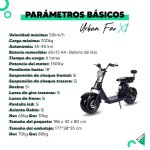 brochure.jpeg235.7 KB · Views: 6
brochure.jpeg235.7 KB · Views: 6 -
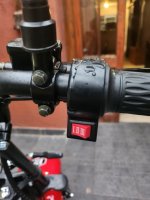 WhatsApp Image 2024-02-10 at 06.53.11.jpeg83.3 KB · Views: 9
WhatsApp Image 2024-02-10 at 06.53.11.jpeg83.3 KB · Views: 9 -
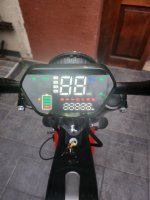 WhatsApp Image 2024-02-10 at 06.53.04.jpeg92.2 KB · Views: 10
WhatsApp Image 2024-02-10 at 06.53.04.jpeg92.2 KB · Views: 10 -
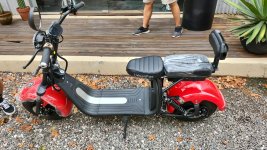 WhatsApp Image 2024-02-09 at 12.49.05 (1).jpeg339.5 KB · Views: 9
WhatsApp Image 2024-02-09 at 12.49.05 (1).jpeg339.5 KB · Views: 9

